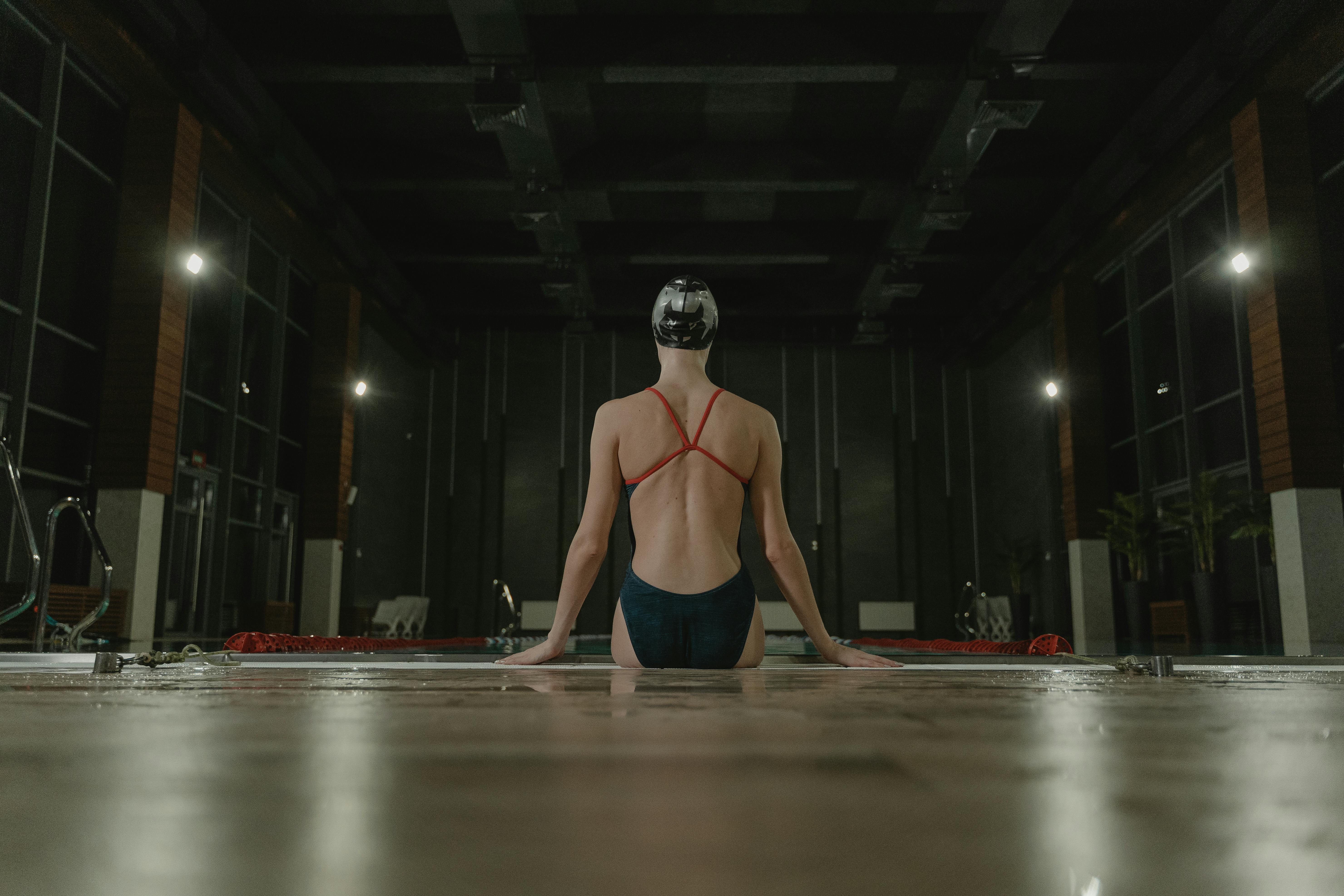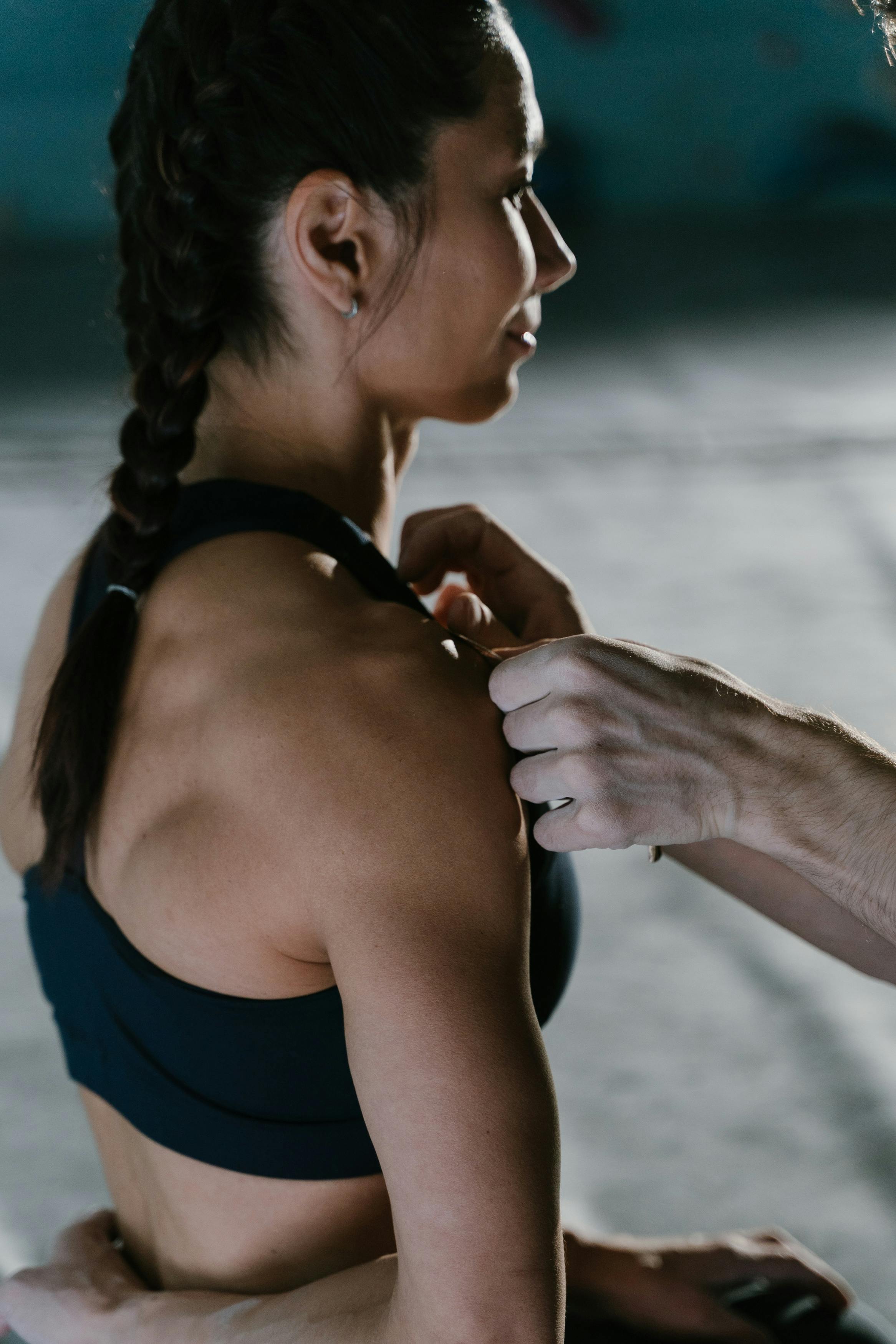Effective Ways to Strengthen Your Hintere Schulter in 2025: Proven Exercises for Optimal Fitness
The importance of developing the hintere Schulter or rear shoulder cannot be overstated, especially for those engaged in regular Schultertraining. As our lifestyles become increasingly sedentary, the need to focus on this often-neglected muscle group has risen sharply in recent years. A well-defined Schultermuskulatur supports better posture, prevents injuries, and enhances overall shoulder health.
In this guide, we will delve into effective exercises, workout routines, and practical tips to strengthen your rear shoulders. Whether you’re at home, in the gym, or incorporating resistance bands into your workouts, our insights will help you maximize your fitness goals. At the end, you’ll find key takeaways and additional resources for further exploration.

Essential Exercises for Your Hintere Schulter
To build a strong hintere Schulter, focusing on versatile movements is key. This section explores fundamental exercises that target the rear shoulder effectively.
Understanding the Anatomy of the Schulterzone
Before diving into specific exercises, grasping the basic anatomy of the rear shoulder is crucial. The hintere Schulter comprises three main muscles: the infraspinatus, teres minor, and the posterior deltoid. Each plays a significant role in shoulder stability and mobility.
Developing your understanding of how these muscles interact can help you select exercises that not only build muscle but also promote overall shoulder health, particularly in injury prevention.
Face Pulls: A Must for Shoulder Health
Face pulls are excellent for targeting the posterior deltoid and promoting shoulder stability. To perform a face pull effectively:
- Attach a resistance band to a sturdy point at upper chest height.
- Stand with your feet shoulder-width apart and pull the band towards your face, keeping your elbows high.
- Hold for a moment before returning to the starting position.
This movement not only strengthens the hintere Schulter but also improves posture, making it a perfect addition to your Schulter Workout.
Effective Schulterpressen Techniques
Schulterpressen, or shoulder presses, engage various muscle groups, including the rear shoulders. Utilizing dumbbells or a barbell can effectively incorporate this exercise into your routine.
Ensure correct form by keeping your back straight and pressing up without locking your elbows. This advance technique fosters strength and stability in your shoulder region, essential for any Krafttraining.
Incorporating Seitheben for Muscle Definition
Seitheben, or lateral raises, are essential for defining the shoulder outline. Although primarily targeting the medial deltoid, they also engage the rear shoulder when performed correctly.
For optimal results, focus on controlled movements with light weights. Pay attention to your form: raise your arms to shoulder height and avoid swinging your torso.
Rudern Variations for Comprehensive Strength
Rowing actions, such as Rudern, engage both the back and shoulder muscles, making them an ideal full-body workout.
Whether using a rowing machine or dumbbells, ensure to keep your elbows close to your body as you pull to emphasize the rear shoulders, promoting balanced muscle growth.
Creating a Balanced Fitness Plan
Building strength in the hintere Schulter requires a thoughtfully designed Trainingsplan. In this section, we will outline steps to create an effective routine incorporating various training methods.
How to Balance Your Shoulder Workout
A comprehensive workout should include a mix of resistance training, mobility exercises, and functional movements. Strive for a balanced routine that integrates:
- Kraftaufbau through traditional weight lifting.
- Mobility exercises to maintain flexibility.
- Faszientraining for soft tissue health.
Integrating these aspects will enhance overall shoulder function, essential for sports and daily activities.
Adjusting for Your Fitness Level
Whether you are a beginner or an experienced athlete, adjusting training intensity is vital. For beginners, start with bodyweight exercises or light resistance exercises to learn proper form.
As your strength improves, increase weight or resistance to continue challenging your muscles and promoting growth.
Mobility and Stability: Key Components
In addition to strength exercises, prioritize mobility and stability training. Incorporate dehnungsübungen or stretching routines to improve flexibility and reduce risk of injuries.
Consider adding shoulder-specific yoga poses to enhance your mobility and promote relaxation within the muscle groups.
Warm-up and Cool-down Strategies
Preparing the body before workouts and post-workout recovery are essential practices for maintaining a healthy training regime.
The Importance of Warm-Up Exercises
Before diving into rigorous workouts, a proper warm-up routine is crucial. Incorporating dynamic stretches can elevate your heart rate and enhance muscle readiness.
Examples include arm circles and shoulder rolls, which gently mobilize the shoulder joints in preparation for intensive exercises.
Cooldown Techniques to Consider
Cooldown techniques are equally important for muscle recovery. Post-workout stretches help prevent muscle soreness and promote blood flow to the area.
Implement gentle stretches focusing on the shoulders and back for effective recovery.
Addressing Common Challenges in Training
While the pursuit of stronger hintere Schulter is rewarding, challenges often arise. This section outlines common obstacles and effective strategies to overcome them.
Common Schulterverletzungen and Prevention
Understanding potential injuries, such as shoulder impingement or muscle strains, can help in preventing them. Follow training guidelines that prioritize form over weight; poor mechanics often lead to injuries.
If you feel discomfort, consider reducing resistance or consulting with a trained professional.
Muscleverspannungen: Causes and Solutions
Muscle tension can significantly impair performance. To address muscle tension, incorporate regular rest periods and foam rolling techniques to alleviate stress in the muscles.
Engaging in relaxation methods, like yoga, can also enhance performance and physique.
Key Takeaways and Additional Resources
In conclusion, effectively strengthening your hintere Schulter requires a comprehensive approach, incorporating diverse exercises, balanced routines, and preventive measures. Remember:
- Focus on a variety of exercises like Face Pulls, Schulterpressen, and Seitheben.
- Design a balanced Trainingsplan that integrates mobility and strength.
- Prioritize warm-up and cool-down routines to maintain shoulder health and effectiveness.
- Address common training challenges through awareness and proper techniques.
For more insights on shoulder workouts and detailed exercise guides, check out these resources: Effective Shoulder Training Techniques and Advanced Workout Routines for Fitness Enthusiasts.

